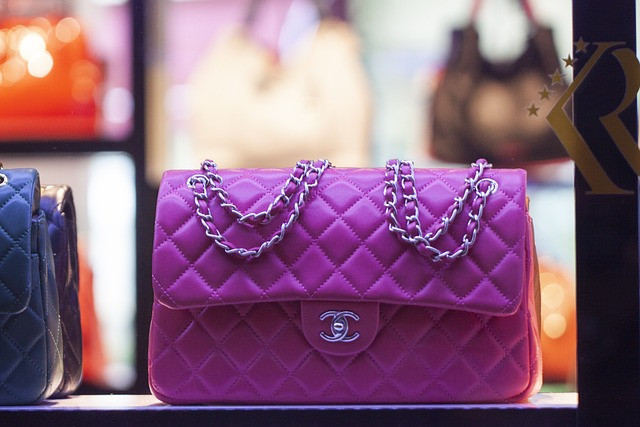
Global sales of luxury goods are projected to decline around 2% this year, marking the first drop since the 2008 financial crisis.
A study released Wednesday by Bain & Company says global luxury spending is expected to land near $1.6 trillion for the year.
The report warns that luxury consumers are cutting back on discretionary items. It said the trend is particularly acute among Generation Z, whose desire for luxury brands continues to decline.
The luxury consumer base has declined by about 50 million in the past two years, according to the report. The drop is a mix of consumers to have opted out of purchases and those who simply can't afford them anymore.
Claudia D'Arpizio, the lead author of the study for Italy's Altagamma luxury association, said this is a warning sign for the industry.
"It's time to readjust their value propositions, D'Arpizio said. "To win back customers, particularly the younger ones, brands will need to lead with creativity and expand conversation topics."
The forecast may worsen if the sector is impacted by tariffs imposed by former President Donald Trump.
D'Arpizio called expected tariffs a "nightmare" for the industry.
"European brands could end up being super expensive in an already expensive environment," she said, she told the Associated Press.
Trump has promised to introduce tariffs of up to 20% on luxury imports, aiming to stimulate factory jobs and reduce the U.S. trade deficit.
The U.S. is the second-largest luxury market in the world, following Europe.
Beauty products, particularly fragrances, continue to perform well as consumers gravitate toward "small indulgences," according to the report.
Eyewear and jewelry also remain strong segments.
Watches, leather goods and shoes have seen slowdowns as consumers downgrade and are increasingly selective.
The report also noted that the secondhand market is gaining traction as consumers seek value purchases.







